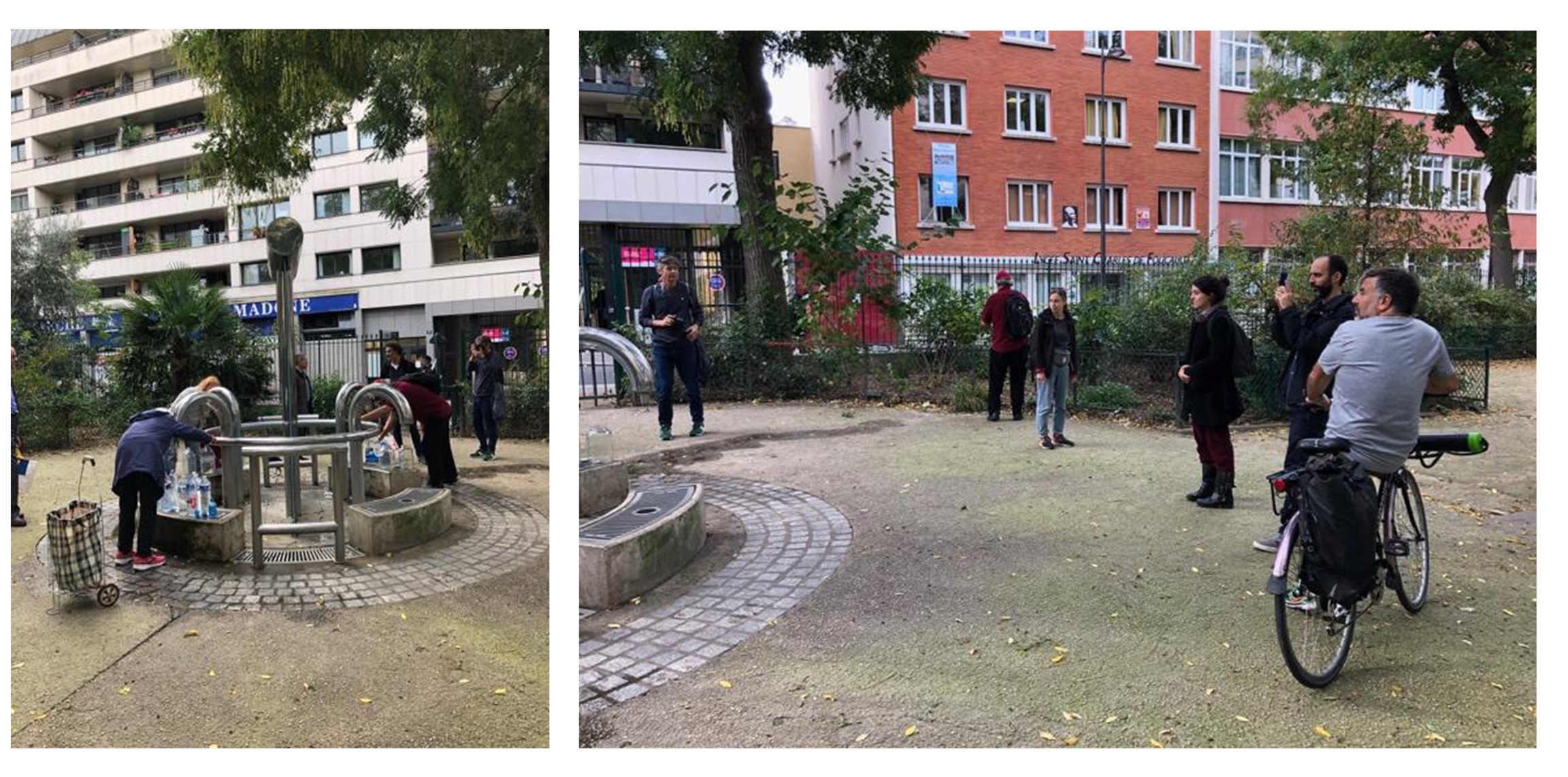👥Ethnographic Fieldwork
Immerse yourself in the surrounding environments (people and places) of your Fab City Hub
What is it about and why is it relevant
Ethnographic fieldwork is a method which can be understood in several ways. In general, it could be defined as “the process of immersing oneself in as many aspects of the daily cultural lives of people as possible in order to study their behaviors and interactions”(ref) . Nowadays, a shared understanding exists among those academically trained in the method that the aim should not be to describe a particular group or to search for predictable patterns. A more dynamic, relational approach is more common. The idea is careful observation and participation in the lives of others, and critical self-reflection. Fieldwork is an ongoing process of learning and understanding. The course is not predictable.
Ethnographic fieldwork is important because it helps to prevent mistakes when working with the past in the present. It contributes to a better understanding of how certain periods,events, changes, things that happened in the past still impact the present, how certain systems are still defining the present (systems of suppression, exclusion etc.)
Main Purposes 👍
The setting up and implementation of Ethnographic fieldwork may allow you to obtain the following achievements:
building relationships with the site and stakeholders based on mutual understanding
achieving a more complete overview of stakeholders, their positions and interests
offering the opportunity to stakeholders for getting to know you, and for understanding your vision and mission
This might entail a better understanding of:
how the site is changing and how dwellers deal with change,
how the past works in the present
the relation between gentrification and heritagization
your own role ( hub manager or the leading organisation) and those of others (creative sector, artists, policy makers etc.) in these processes and your own and others’ potential to influence places and social relations (or to: “change the system”)
(changing) relations between stakeholders and possible tensions between stakeholders
possible areas of conflict
possible unintended impact of interventions
resistance against interventions
Key Steps
Find here a list of fundamental steps you should follow if you want to organise an Ethnographic fieldwork :
Prepare for interviews, but keep listening with an open mind. When you set up a meeting with a clear outline of what you think the conversation or project should be, it may hinder you in listening to other voices. Answers should not need to fit set expectations, they are considered as moments that are part of an ongoing conversation.
Talk, listen
Walk, touch, participate
Make notes, make drawings
Reflect, discuss
Be present at and participate in events in order to achieve ‘feeling’ for the site.
Take time to reflect on the experiences and also on how it impacted yourself: how did you experience what happened?
Some people are not interested in making contact. What does this tell you, and how is this significant?
Take time to critically reflect on the ethical dimensions of you as a participant/observant and as someone who documents the site, events, social interactions etc.
Embodied and material form need attention, next to language. The discursive and the embodied/material do not necessarily ‘say’ the same things, and they do not necessarily work in the same ways or produce the same effects (Sharon Macdonald, Memorylands, 2013 p. 81).
Observe, make pictures, recording
Look for, document and reflect on processes in which specific elements of everyday culture are labeled and fostered as heritage. De-normalize the site by carefully looking and experiencing. Map out everyday activities and routines spatially. How accessible is the site? What signs are you confronted with? How is the site being framed in magazines, in social media, online and offline? What slogans are used? What images are we confronted with?
First experience the site, then collect other sorts of knowledge.
Prepare for interviews, but keep listening with an open mind. When you set up a meeting with a clear outline of what you think the conversation or project should be, it may hinder you in listening to other voices. Answers should not need to fit set expectations, they are considered as moments that are part of an ongoing conversation.
What would the people using the fountain think of this scene and how would they feel about the phenomenon of former industrial areas and the development of Fab City Hubs in these areas?
How are their feelings towards this presence informed by their own biographies and feelings about the history and heritage of these areas?
To address these questions, ethnographic methods can be applied (hanging around, using the fountain, staying for several hours, experiencing what happens, starting informal conversations, learning from regular users of the water tap).
Summary Table
| Characteristic | |
|---|---|
Difficulty | Medium |
Duration | Several days to months |
Facilitators I Participants | P= One or more FCH team members |
Setting | On location |
Contact | |
Tagging System |
Last updated
